Different kinds of dresses reflect not just fashion, but culture, identity, and personal comfort. From casual to formal, modern to traditional, dresses have always held a unique place in every woman’s wardrobe. This detailed guide explores the different types of dresses, like mini, midi, wedding, party, summer, winter, and more, each with its charm and purpose. Whether you’re dressing for work, a celebration, or just a casual outing, knowing your style and body type helps you choose the perfect one.
Plus, learn how fabric, color, and cut impact how you feel in a dress. Find sustainable, affordable, and even designer options that match your values. With helpful tips, subtypes, and real-world advice, this article is your go-to guide for understanding what dress fits your mood, body, and moment. Let’s explore how the right dresses can truly define your confidence and identity.
Every dress tells a story. Find the one that tells yours best.
Introduction: What Makes Dresses Special?
Dresses are more than just pieces of fabric; they are a blend of comfort, confidence, and expression. For centuries, women have worn dresses for celebrations, daily life, or to simply feel beautiful. Whether it’s a grand wedding gown or a light cotton summer dress, each style has a meaning and moment. Dresses have changed with time, yet they remain timeless. From ancient flowing robes to today’s sleek party dresses, the evolution of dresses mirrors society, culture, and personal choice.
What Are Dresses and Why Do We Wear Them?

A dress is a single-piece garment that covers the body from the shoulders to the legs. Women wear dresses for comfort, modesty, beauty, and expression. Some wear them daily, others on special events. The main reason? Dresses make people feel confident, free, and feminine. They are easy to wear and can suit all kinds of moods: joyful, calm, powerful, or elegant.
How Dresses Reflect Culture and Style
Across the world, dresses represent tradition and culture. For example, the sari in India, the abaya in the Middle East, or the kimono in Japan each dress carries deep meaning. Even in modern styles, cultural touches remain. Some dresses reflect regional embroidery, fabric, or patterns. In today’s global fashion, style blends cultures, people wear western dresses with eastern prints, or combine traditional fabrics with modern cuts.
How Dresses Have Changed Through the Decades
- 1920s: Short, flapper-style dresses broke old norms
- 1950s: Full skirts and fitted waists reflected elegance
- 1980s: Bold colors and big shoulders showed power
- 2000s–Now: A mix of everything, minimalism, streetwear, vintage
Fashion has changed, but one thing hasn’t changed: dresses remain a powerful form of self-expression.
Different Kinds of Dresses
Casual Dresses
Perfect for daily wear. These are simple, breathable, and often made from cotton or jersey. Ideal for shopping, lounging, or casual meet-ups.
Formal Dresses
Worn to weddings, official dinners, or evening events. Made from rich fabrics like satin or silk, with fitted shapes and elegant details.
Traditional Dresses
Cultural dresses like lehengas, qameez, hanboks, or thobes. Often worn during festivals, religious events, or weddings.
Modern Dresses
Includes streetwear-inspired or minimalistic styles. Simple cuts, bold designs, or asymmetrical shapes in modern dresses often make a fashion statement.
Summer Dresses
Lightweight, airy, and made of breathable fabric like cotton. Often sleeveless, floral, and loose-fitted made to keep you cool in hot weather.
Winter Dresses
Made of wool, velvet, or thick cotton. Long sleeves, darker tones, and layering options make them cozy yet stylish.
Party Dresses
Designed to stand out. Shiny fabrics, sequins, and short cuts are common. Meant for fun nights and celebrations.
Midi Dresses
Mid-length (between knee and ankle). Great for both work and casual outings. Very versatile and suitable for all age groups.
Mini Dresses
Short dresses above the knee. Often worn by teenagers or for parties. Bold and fun show confidence and energy.
Wedding Dresses
Usually white or cream, symbolizing purity. Designed with lace, embroidery, and long trains. Emotional and meaningful for most brides.
Workplace Dresses
Professional, neat, and usually in neutral tones. These are formal but comfortable, helping you look serious and feel confident at work.
Evening Gowns vs. Cocktail Dresses
- Evening Gowns are long and formal, used for galas or award nights.
- Cocktail Dresses are shorter and semi-formal, perfect for evening parties or dinners.
The Psychology Behind Dress Colors
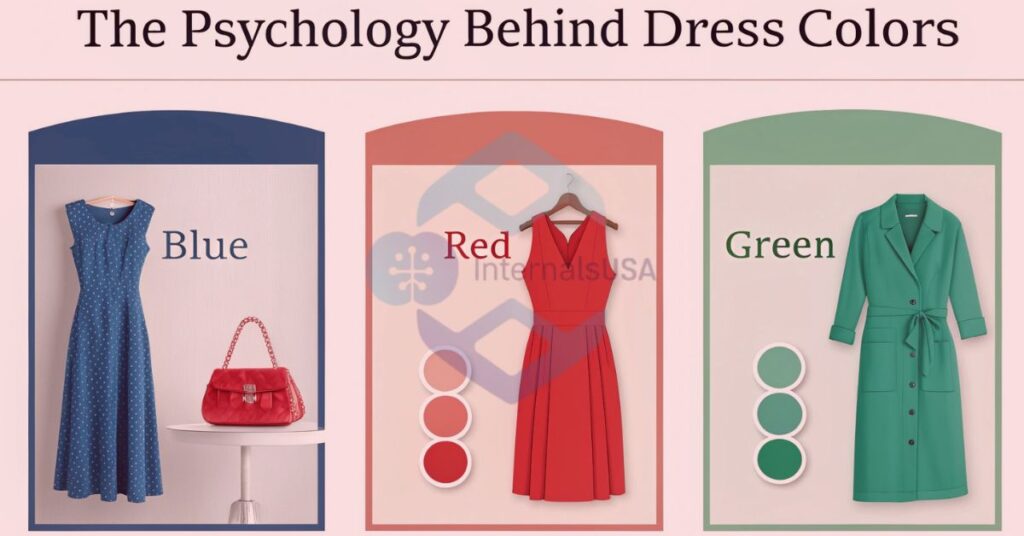
Colors affect mood and how others see you.
- Red – bold, confident, attracts attention
- Black – elegant, serious, slimming
- White – clean, pure, peaceful
- Blue – calm, reliable
- Yellow – cheerful, youthful
Wearing the right color dress can boost your mood and presence instantly.
How to Pick the Right Dress for Your Body Type
Understanding your shape helps you pick a dress that highlights your best features.
- Pear shape: Choose A-line or fit-and-flare
- Apple shape: Try empire waist dresses
- Hourglass: Bodycon or wrap dresses work best
- Rectangle: Add belts to define the waist
Dressing right means feeling good, not hiding, but highlighting.
Dresses and Their Role in Personal Identity
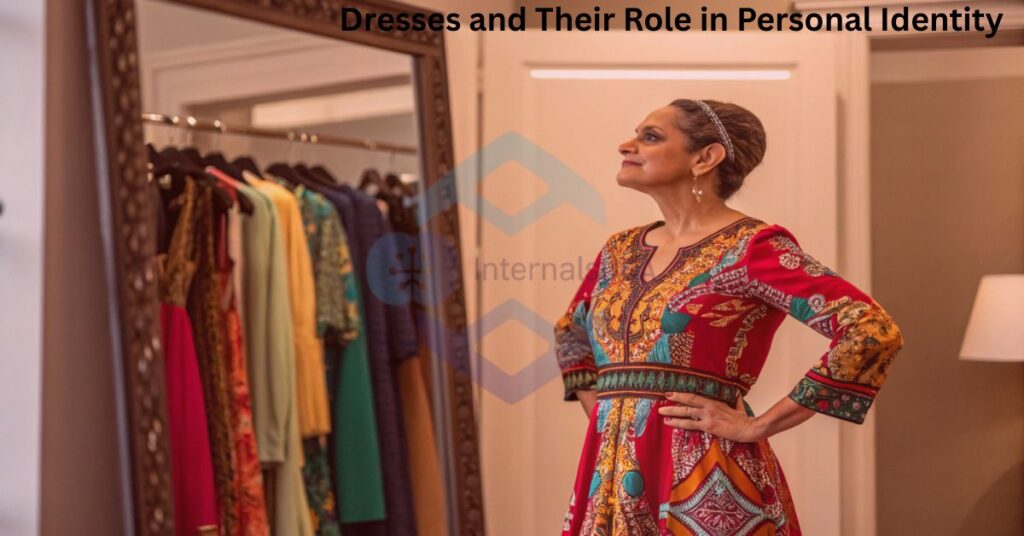
Your dress tells the world about your mood and mindset. Some feel powerful in a blazer dress, others feel soft in floral prints. Your style evolves with time. A teenager’s style may change in her 30s, but the dress remains the canvas of self-expression.
Sustainable and Eco-Friendly Dress Options
Affordable Dresses
Thrift stores, local markets, or recycled cotton brands offer eco-friendly options without hurting your budget. Buy less, wear more.
Designer Dresses
Brands like Stella McCartney focus on ethical fabrics and responsible fashion. These dresses are costly but last long and reduce waste.
Choosing eco-friendly options shows care for the planet and for people.
Why Dresses Will Always Be in Fashion
Trends come and go, but dresses stay. They suit all ages, events, and moods. A dress can be a memory, a tradition, or just a way to feel good. It’s not just fabric; it is how it makes you feel.
FAQs
What are the most popular types of dresses today?
Modern casual, midi, and party dresses are widely loved today due to their comfort and style balance.
How do I choose the right color for my dress?
Choose based on mood, skin tone, and the occasion. For example, red for confidence, blue for calm.
Can traditional dresses be worn casually?
Yes, with lighter fabric and simple cuts, traditional styles can be part of daily wear.
What fabrics are best for summer dresses?
Cotton, linen, and rayon are breathable and perfect for hot weather.
Which celebrity dress styles are inspiring trends today?
Celebrities like Zendaya, Blake Lively, and Deepika Padukone influence trends with bold, elegant, and cultural dress choices.
Conclusion
Dresses are a blend of beauty, comfort, and confidence. Whether you wear them for style, work, tradition, or emotion, they always express something about you. From designer gowns to recycled cotton shifts, the choices are endless. Explore, experiment, and express yourself because the right dress isn’t just about fashion… it is about you.
Also Read
Warranty of Habitibility Colorado 2025: Protect Your Rental Rights Now
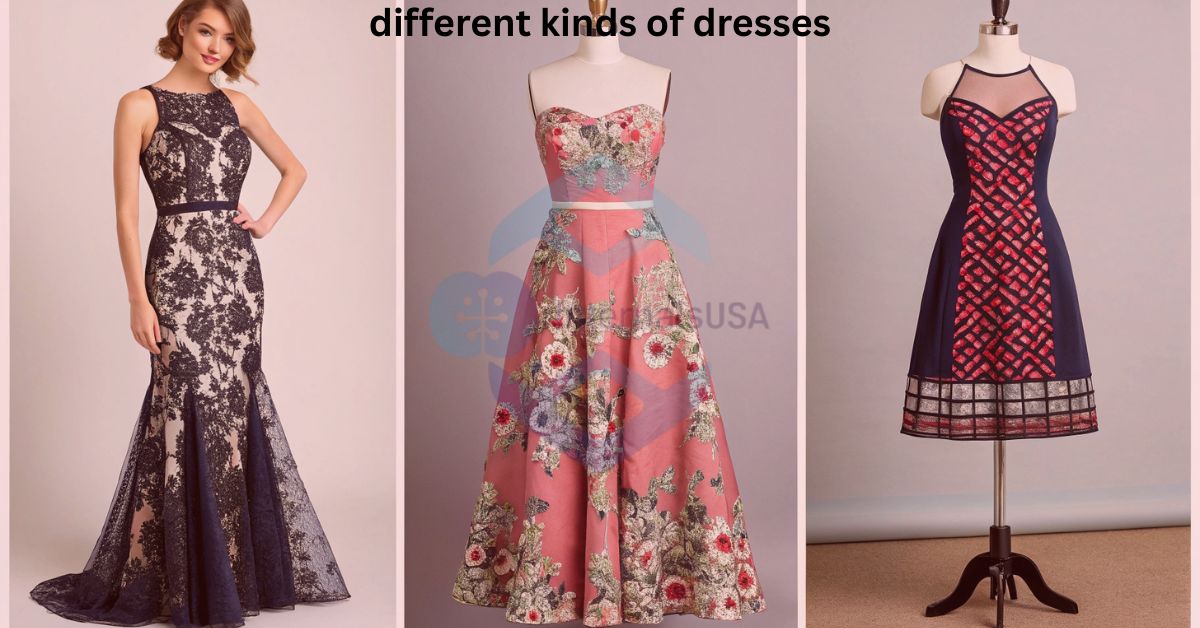
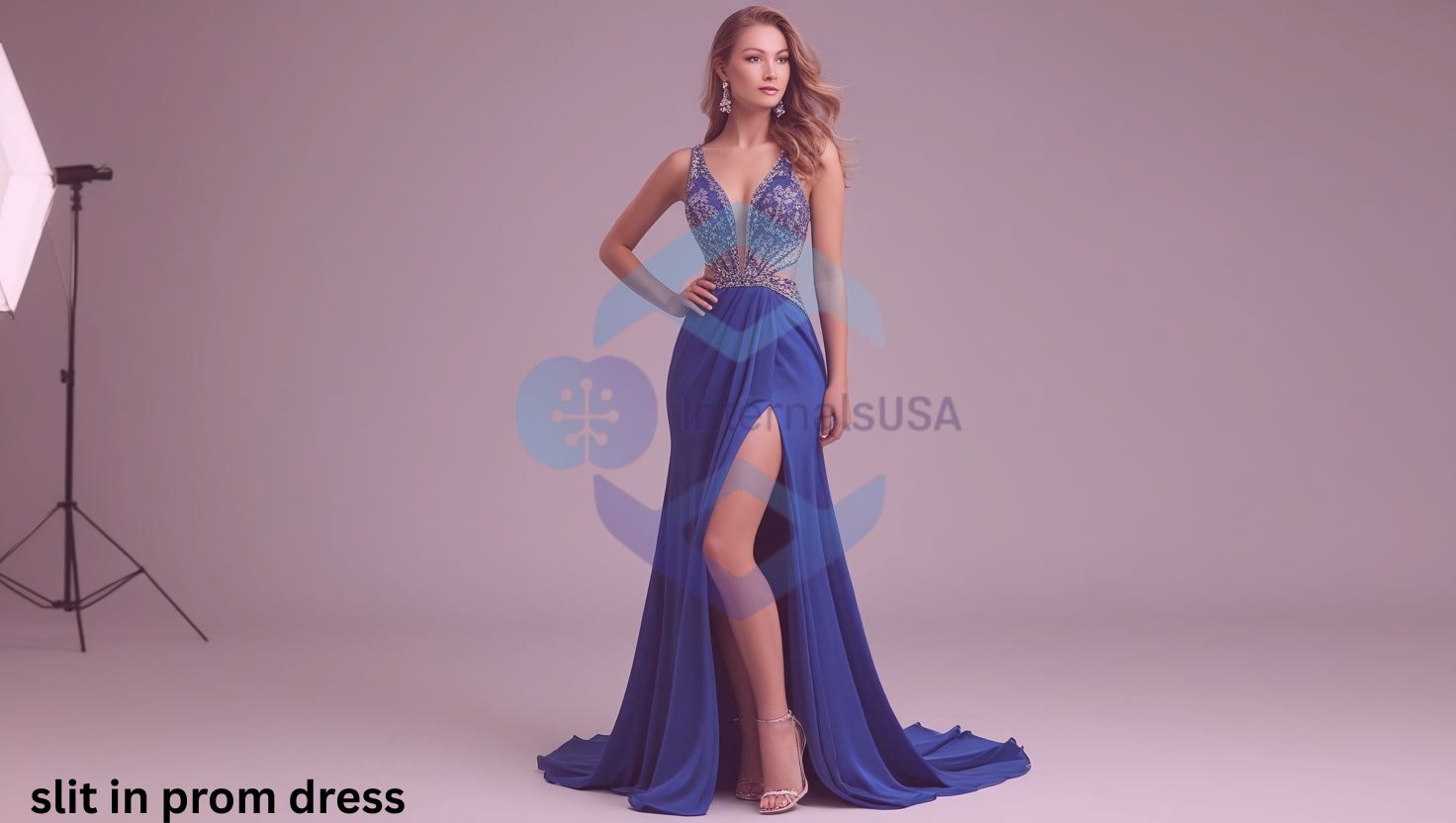

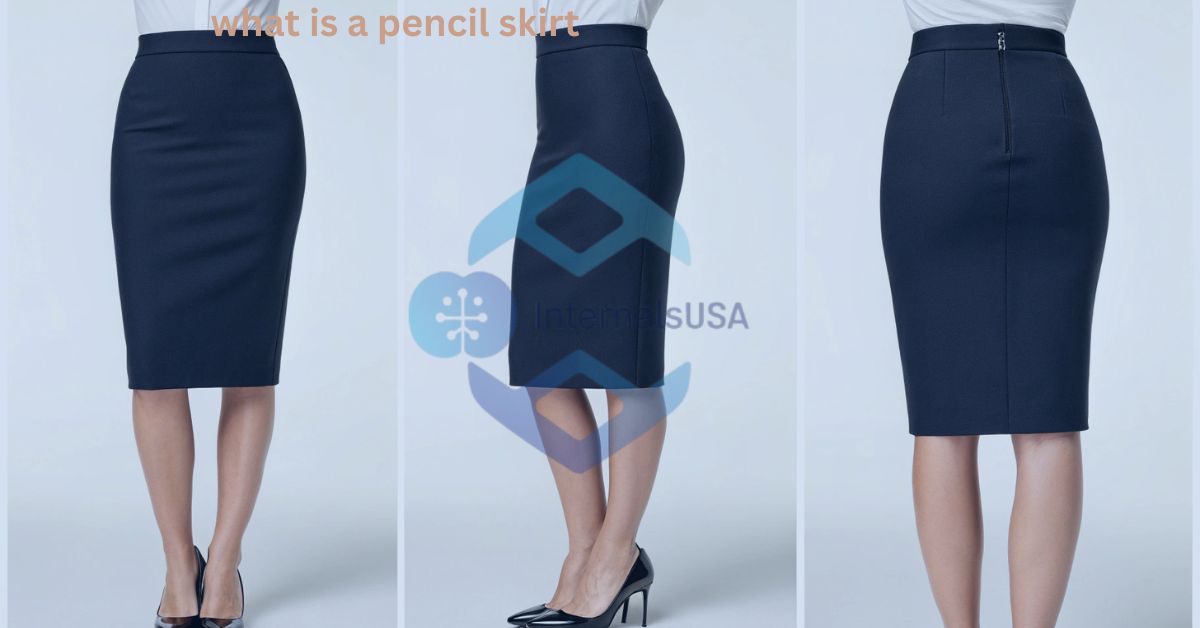

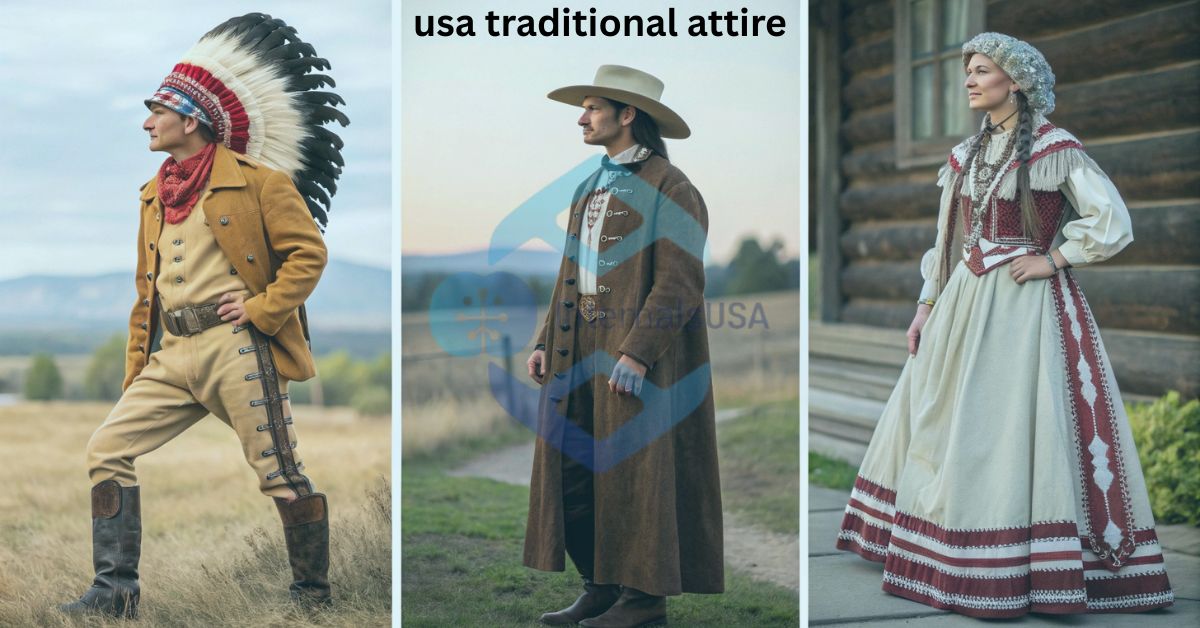





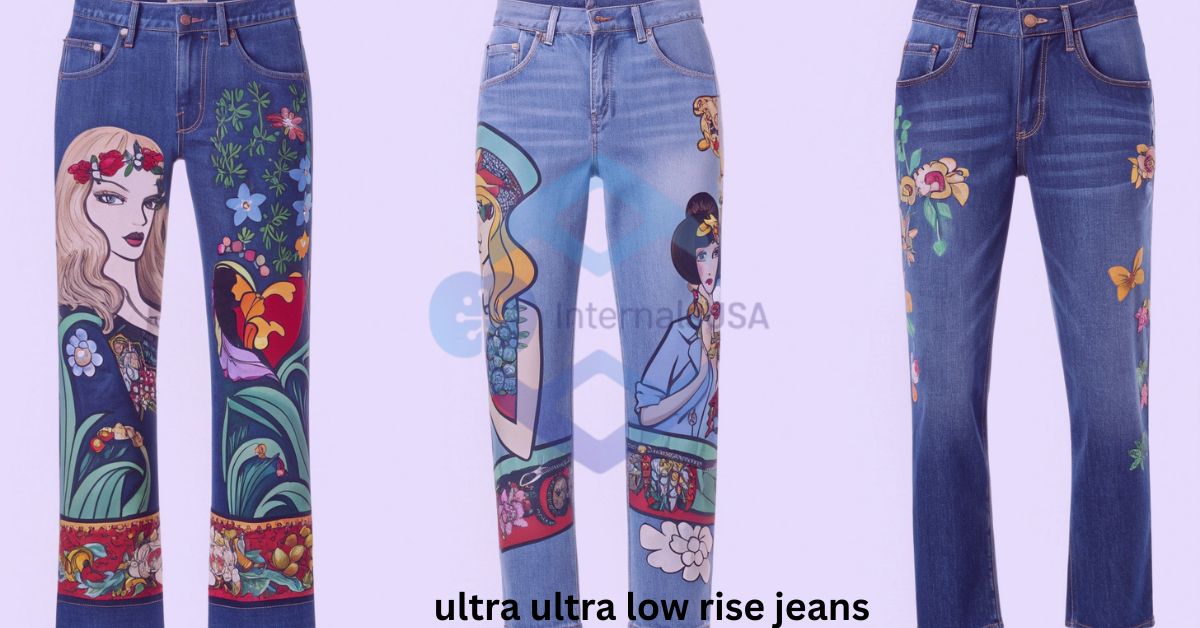
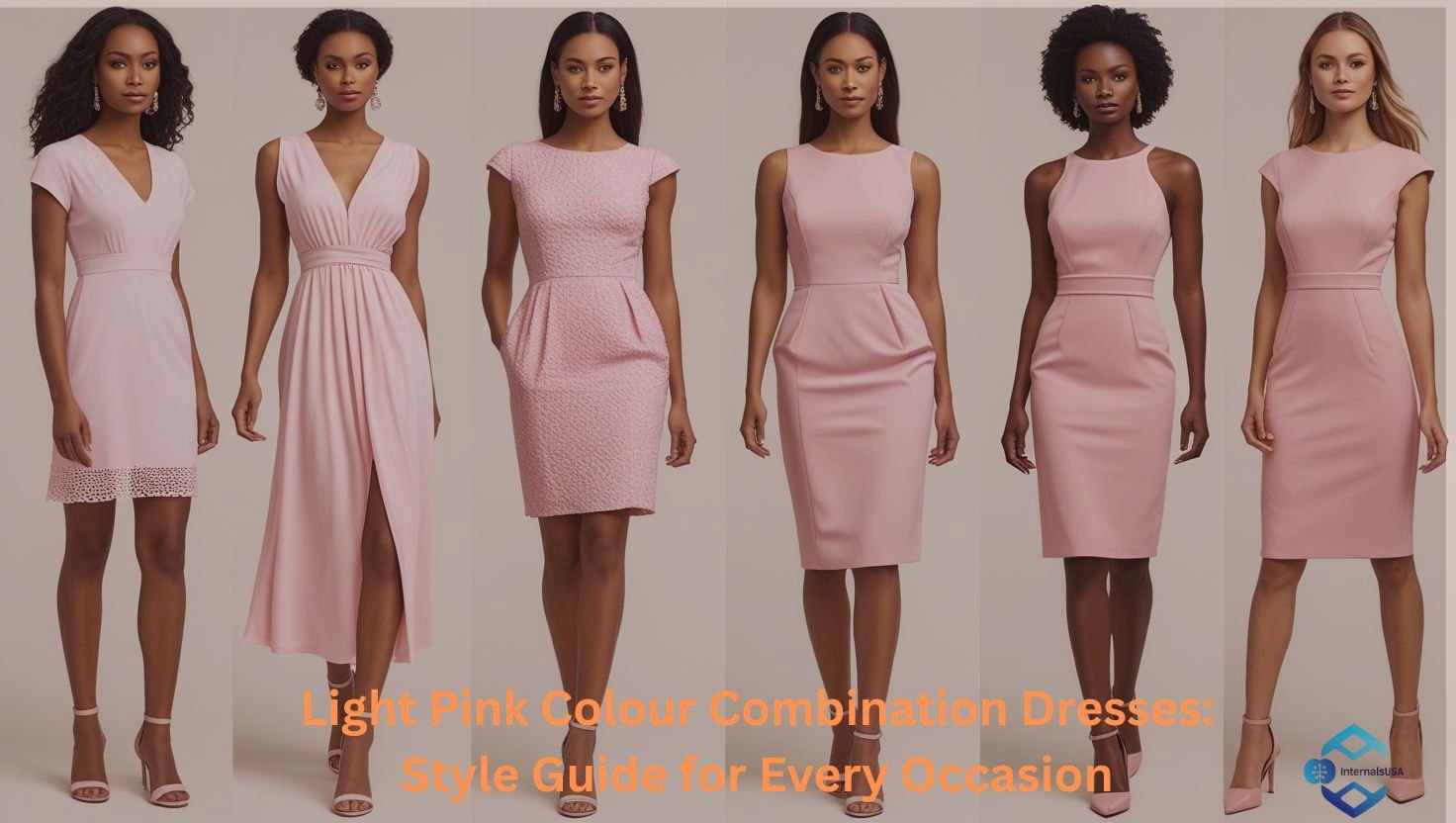

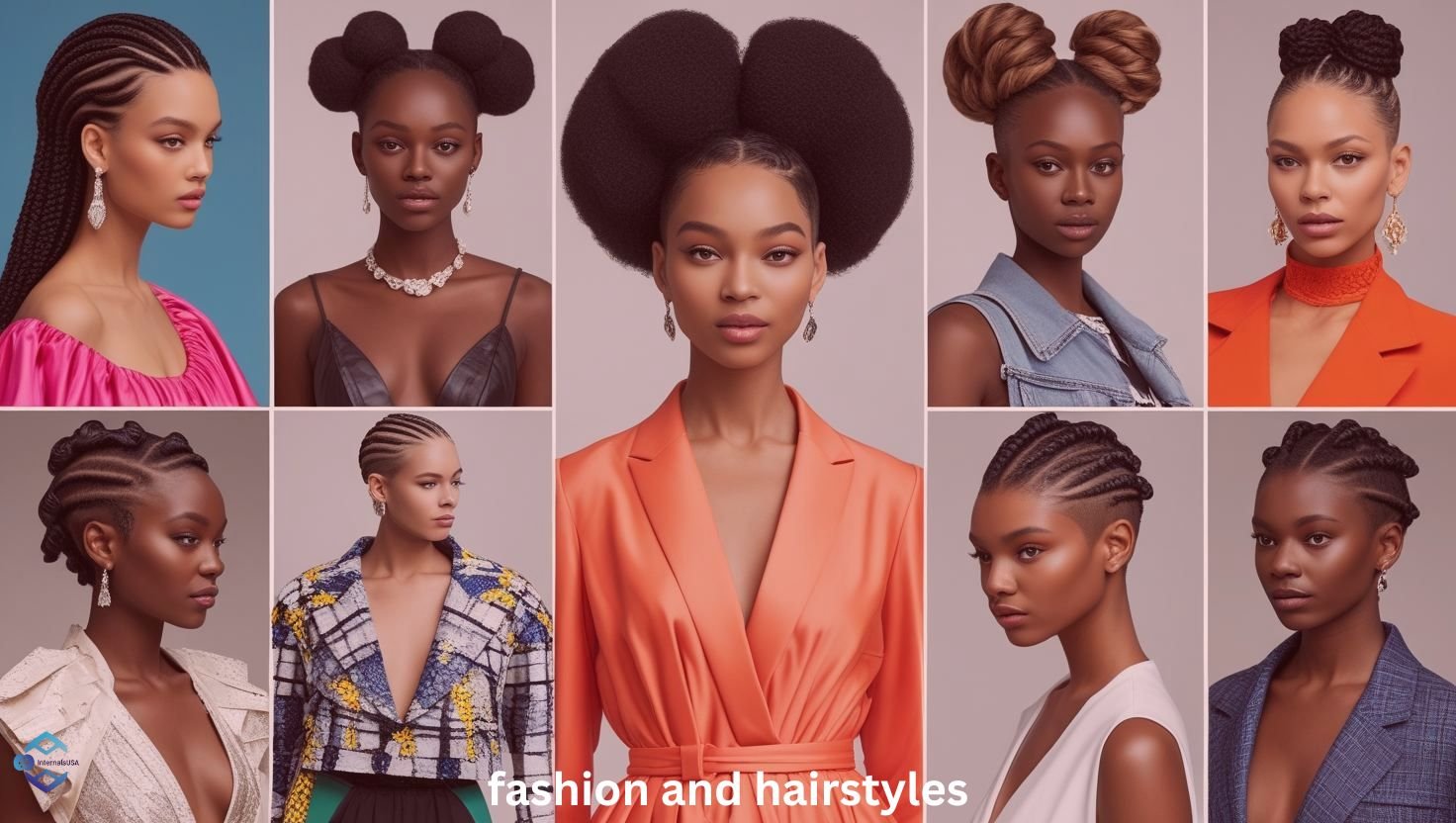


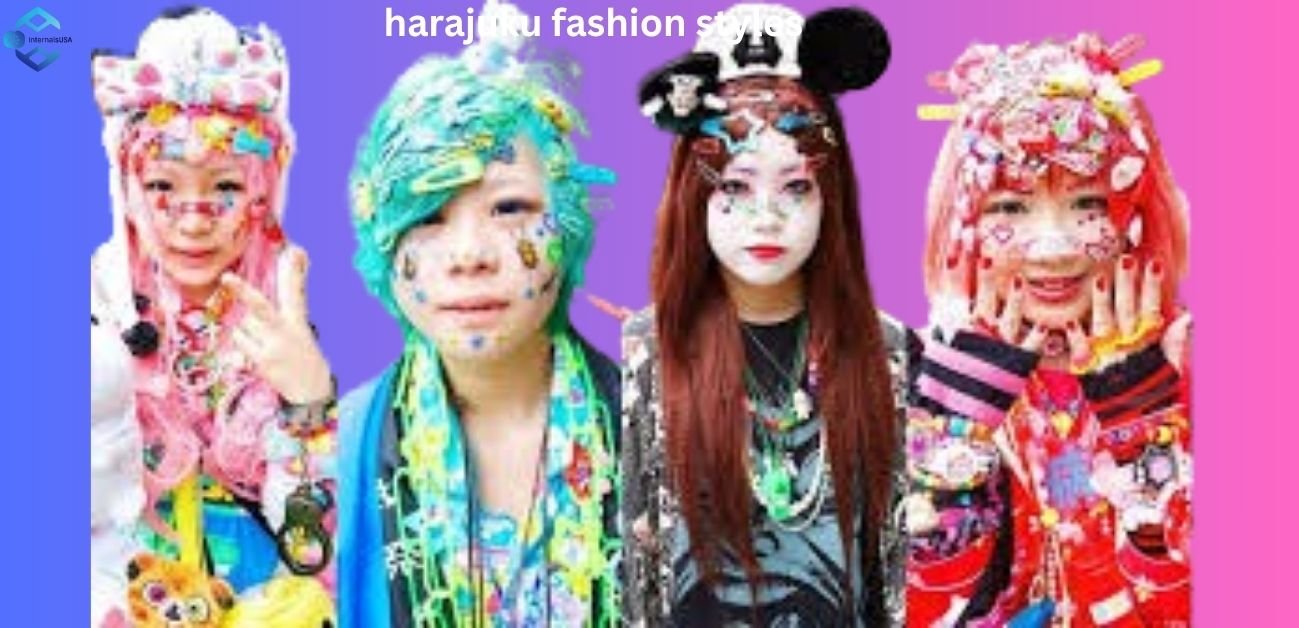
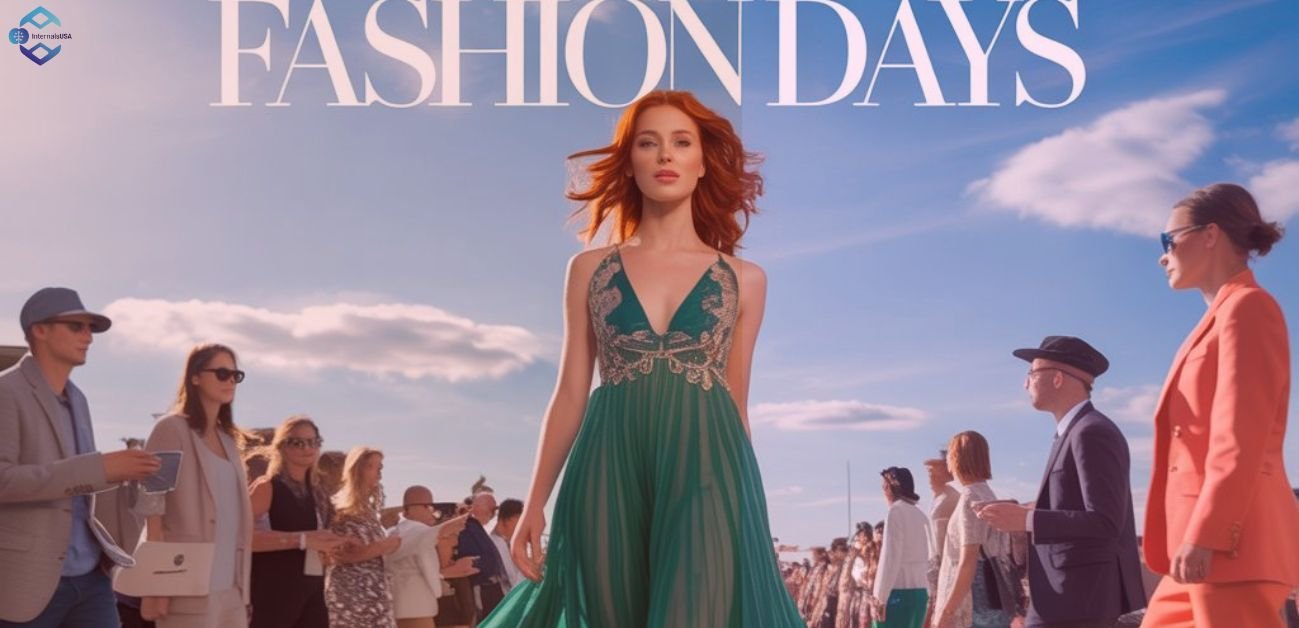

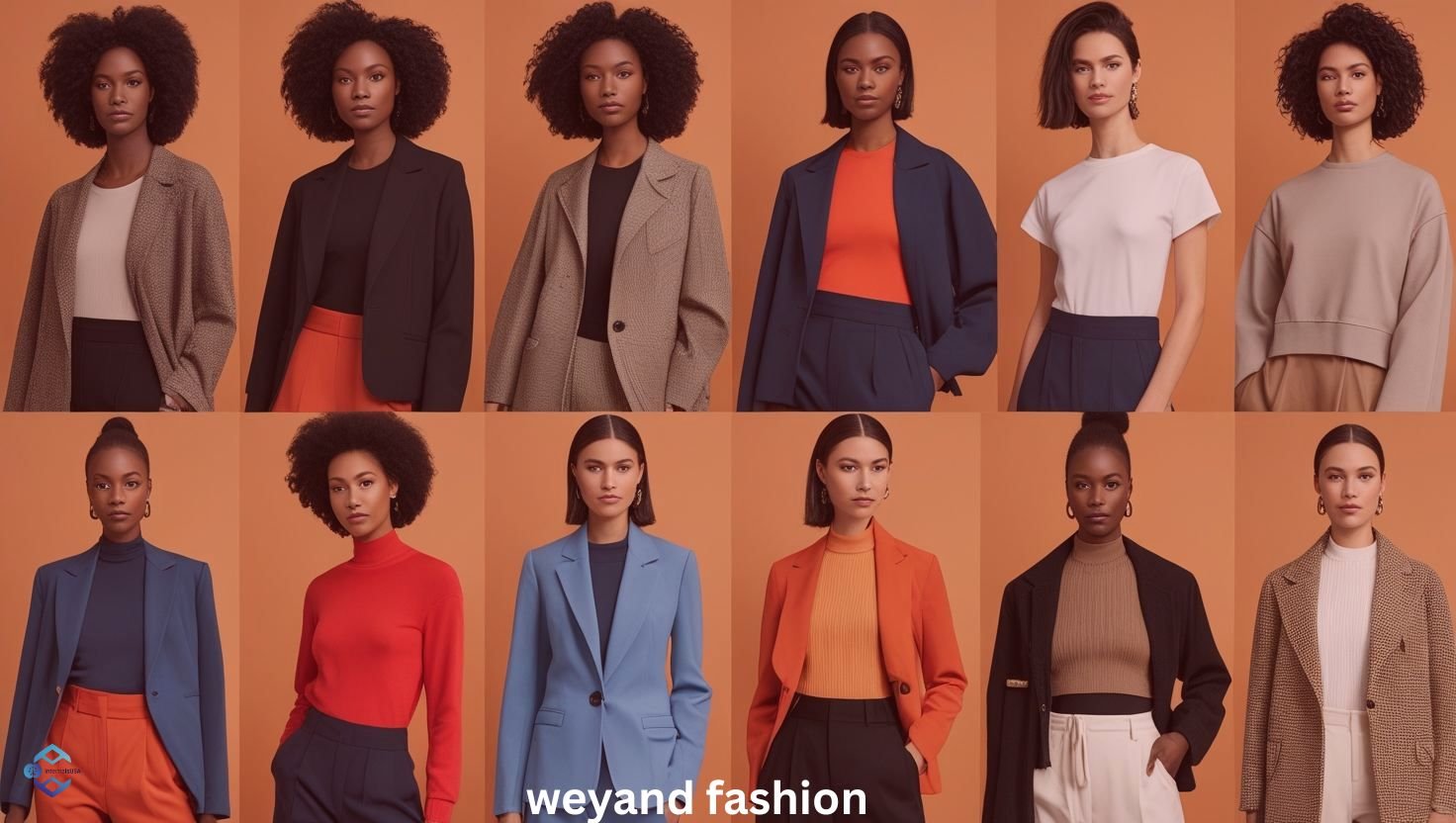
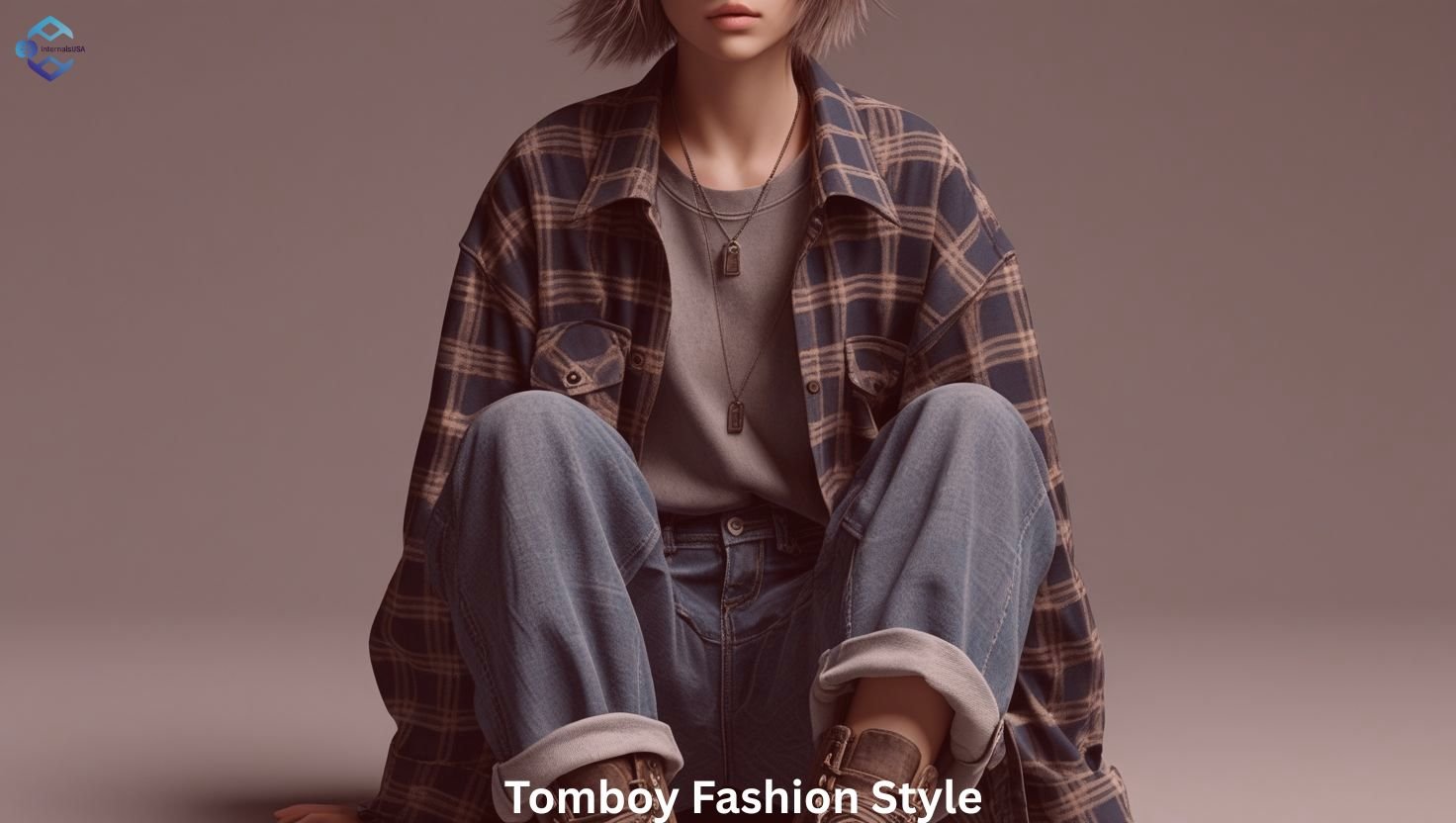
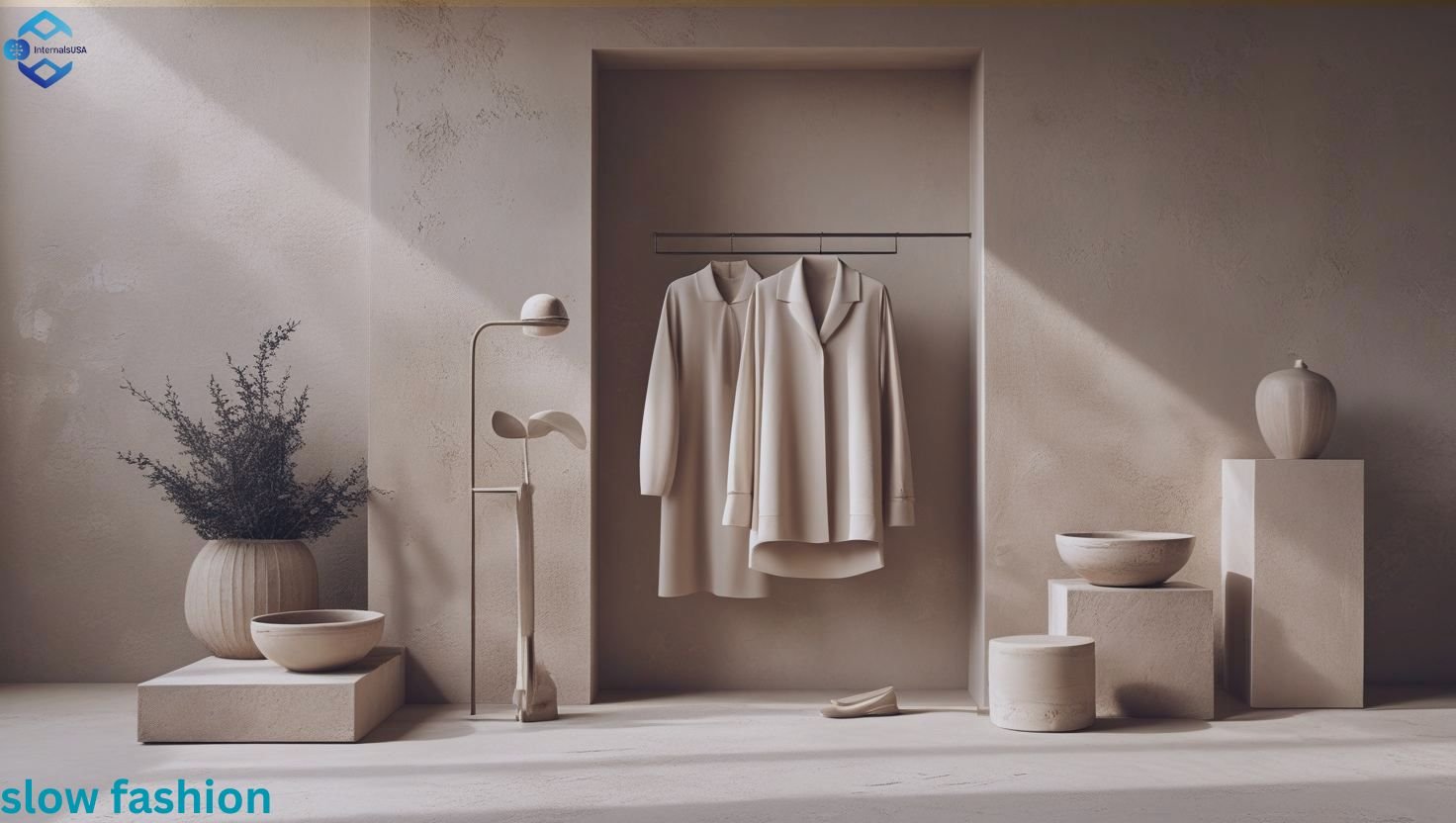










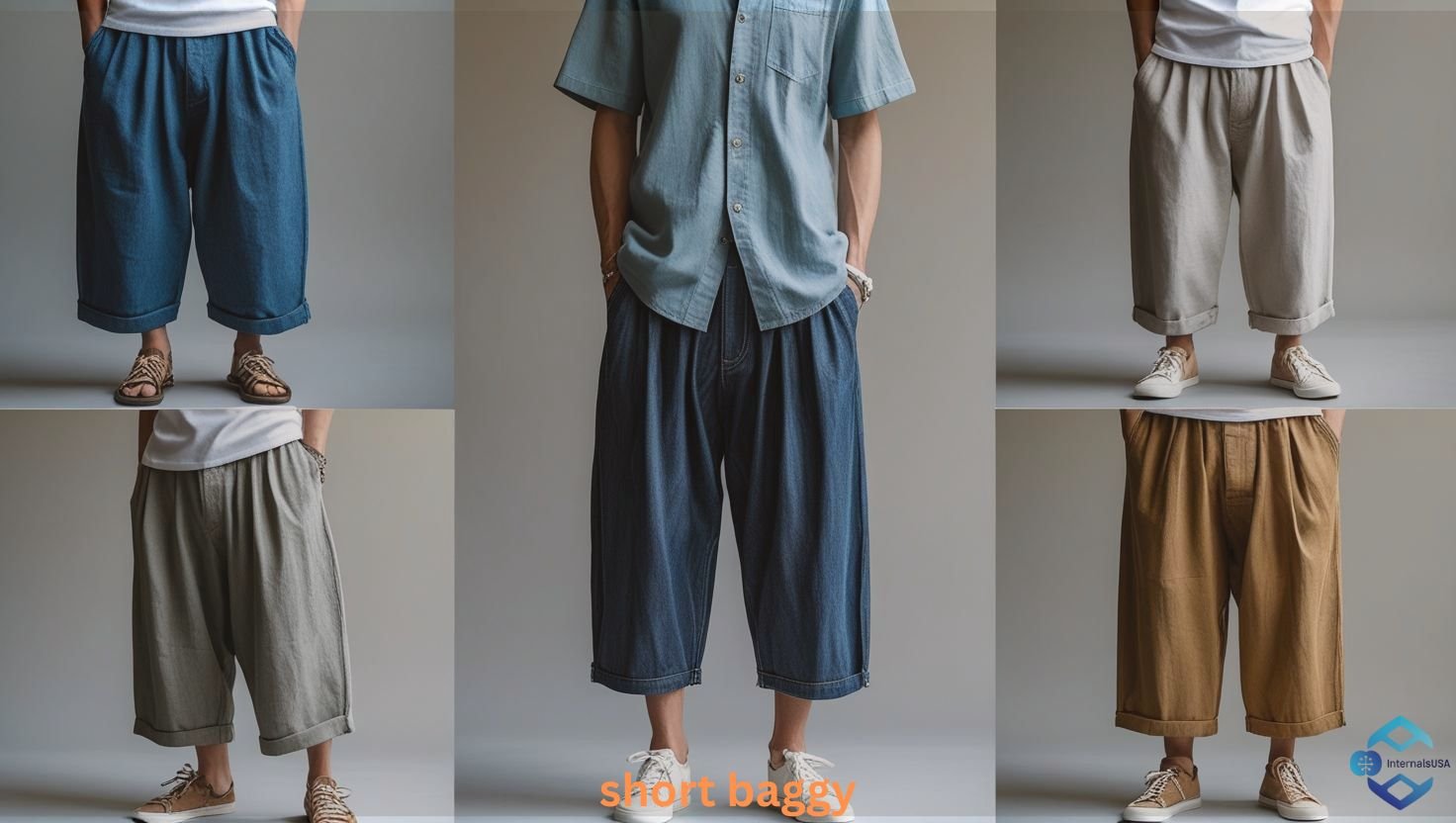


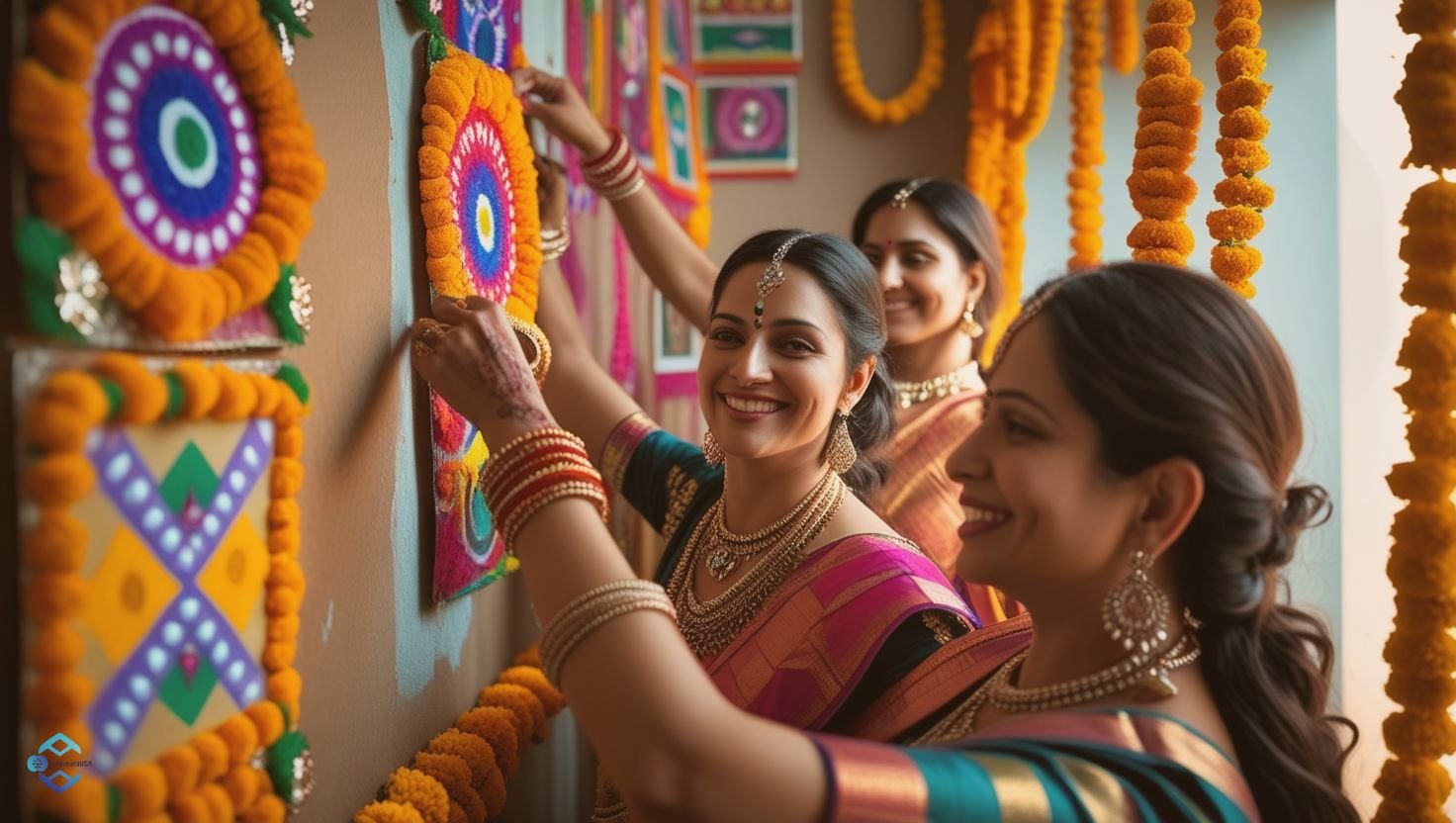










Leave a Reply